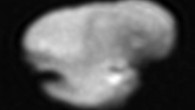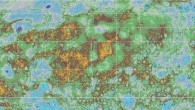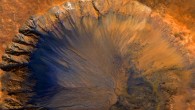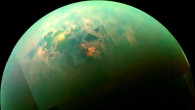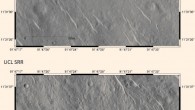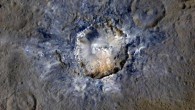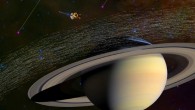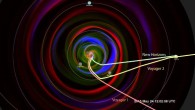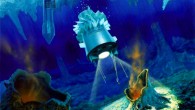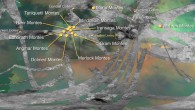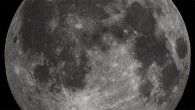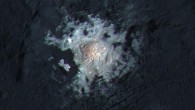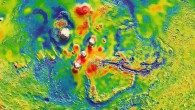NASA’s Stratospheric Observatory for Infrared Astronomy (SOFIA), the largest airborne observatory in the world, has detected atomic oxygen in the upper layers of the Martian atmosphere. SOFIA/GREAT spectrum of oxygen [OI] superimposed on an image of Mars from NASA’ MAVEN mission. The amount of atomic oxygen computed from SOFIA data is about half the amount expected. Image credit: NASA / DLR / USRA / DSI / MPIfR / GREAT Consortium / MPIfS / Rezac...

![SOFIA/GREAT spectrum of oxygen [OI] superimposed on an image of Mars from NASA’ MAVEN mission. The amount of atomic oxygen computed from SOFIA data is about half the amount expected. Image credit: NASA / DLR / USRA / DSI / MPIfR / GREAT Consortium / MPIfS / Rezac et al / MAVEN.](https://cdn.sci.news/images/2016/05/image_3853-Mars-Atomic-Oxygen-370x215.jpg)
